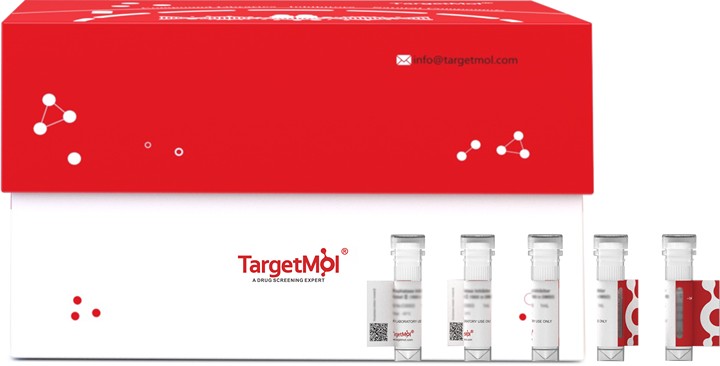Shopping Cart
- Remove All
 Your shopping cart is currently empty
Your shopping cart is currently empty

Osteoprotegerin Protein, Rhesus, Recombinant (hFc) is expressed in HEK293 mammalian cells with hFc tag. The predicted molecular weight is 65 kDa and the accession number is G7N005.

| Pack Size | Price | Availability | Quantity |
|---|---|---|---|
| 100 μg | $398 | 7-10 days |
| Biological Activity | Activity testing is in progress. It is theoretically active, but we cannot guarantee it. If you require protein activity, we recommend choosing the eukaryotic expression version first. |
| Description | Osteoprotegerin Protein, Rhesus, Recombinant (hFc) is expressed in HEK293 mammalian cells with hFc tag. The predicted molecular weight is 65 kDa and the accession number is G7N005. |
| Species | Rhesus |
| Expression System | HEK293 Cells |
| Tag | C-hFc |
| Accession Number | G7N005 |
| Synonyms | tumor necrosis factor receptor superfamily member 11b,TNFRSF11B |
| Construction | A DNA sequence encoding the rhesus TNFRSF11B (XP_001096915.1) (Met28-Leu428) was expressed with the Fc region of human IgG1 at the C-terminus. Predicted N terminal: Glu 49 |
| Protein Purity | > 90 % as determined by SDS-PAGE |
| Molecular Weight | 65 kDa (predicted) |
| Endotoxin | < 1.0 EU/μg of the protein as determined by the LAL method. |
| Formulation | Lyophilized from a solution filtered through a 0.22 μm filter, containing PBS, pH 7.4. Typically, a mixture containing 5% to 8% trehalose, mannitol, and 0.01% Tween 80 is incorporated as a protective agent before lyophilization. |
| Reconstitution | A Certificate of Analysis (CoA) containing reconstitution instructions is included with the products. Please refer to the CoA for detailed information. |
| Stability & Storage | It is recommended to store recombinant proteins at -20°C to -80°C for future use. Lyophilized powders can be stably stored for over 12 months, while liquid products can be stored for 6-12 months at -80°C. For reconstituted protein solutions, the solution can be stored at -20°C to -80°C for at least 3 months. Please avoid multiple freeze-thaw cycles and store products in aliquots. |
| Shipping | In general, Lyophilized powders are shipping with blue ice. |
| Research Background | Osteoprotegerin or TNFRSF11B is a member of the TNF-receptor superfamily. This protein is an osteoblast-secreted decoy receptor that functions as a negative regulator of bone resorption. This protein specifically binds to its ligand, osteoprotegerin ligand, both of which are key extracellular regulators of osteoclast development. Studies of the mouse counterpart also suggest that this protein and its ligand play a role in lymph-node organogenesis and vascular calcification. Alternatively spliced transcript variants of this gene have been reported, but their full length nature has not been determined. Osteoprotegerin/TNFRSF11B acts as decoy receptor for RANKL and thereby neutralizes its function in osteoclastogenesis. This protein may inhibit the activation of osteoclasts and promotes osteoclast apoptosis in vitro. Bone homeostasis seems to depend on the local RANKL/OPG ratio. Osteoprotegerin/TNFRSF11B also play a role in preventing arterial calcification, act as decoy receptor for TRAIL and protect against apoptosis. TRAIL binding blocks the inhibition of osteoclastogenesis. |

Copyright © 2015-2025 TargetMol Chemicals Inc. All Rights Reserved.